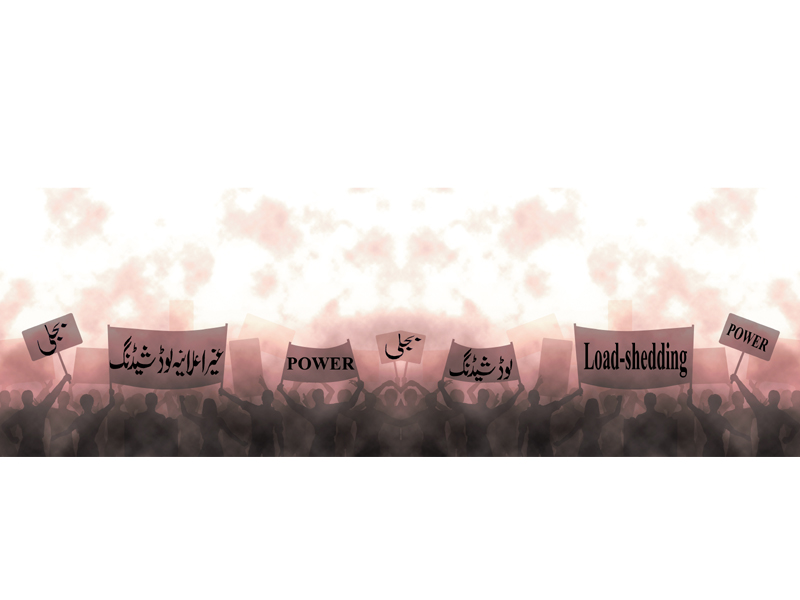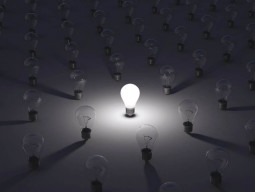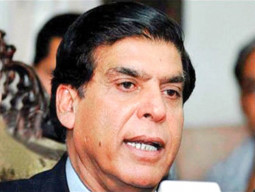
ISLAMABAD:
In order to avoid a possible blow back, the Pakistan Peoples Party-led government had frozen power tariff for the election year. However, that burden, totalling no less than Rs200 billion, will now be passed on to the caretaker government, which may ultimately have to shift it to consumers in the form of a Rs2 per unit hike in the tariff.
In addition to that headache, the caretaker setup also needs to figure out what to do with the Rs450 billion trapped in circular debt, another unsavoury legacy the government leaves behind, following the completion of its five-year tenure.
Each month, over Rs30 billion is added to the circular debt on account of transmission and distribution losses, and other cash flow issues including lower collection, late payment surcharges, loss of fuel adjustment surcharges and high non-technical transmission and distribution losses.
The government admits that the circular debt and its subsidies are a major drain on resources, as a massive sum of over Rs1.4 trillion has been injected into the power sector over the last five years.
Sources told The Express Tribune that power distribution companies (DISCOs) had filed a petition before the National Electric Power Regulatory Authority (Nepra) in June 2012, seeking a raise in the power tariff by Rs2 per unit on account of operational charges for financial year 2012-13. However Nepra, under pressure from the federal government, decided to put the potentially unpopular decision on the backburner until the government bowed out.
Adviser to the finance ministry Rana Asad Amin confirmed that the power tariff has not been increased in the ongoing fiscal year, although the government did raise the tariff by 16% in fiscal 2012 and 22% in fiscal 2011.
These electioneering shenanigans are not exactly novel. The Musharraf government had also frozen the power tariff during the last year of its tenure, and the interim government subsequently had to raise the tariff by 30%, sparking controversy and countrywide protests. The caretakers ultimately had to relent and slash the hike to 16% to appease protesters.
Sources informed The Express Tribune that the current average power generation cost is Rs11.99 per unit, whereas consumers pay only Rs8.89 per unit. The government pays the Rs3.10 per unit tariff differential in subsidies. If the government wants to end the tariff subsidy along with the raise in tariff sought by DISCOs, it will have to increase power tariff by a staggering Rs5.10 per unit – on average by 57%.
According to officials, the government focussed more on reducing load-shedding, but took no measures to restructure the power sector. Syed Naveed Qamar was replaced by Chaudhry Ahmed Mukhtar as the minister for water and power, with a mandate to lower power outages by an ambitious 50%.
“But the government has neither reduced load-shedding, nor brought any improvement in the power sector,” officials said, pointing out that no action has been taken against influential defaulters and they continue receiving electricity without paying their bills.
Private sector running defaulters have yet to pay Rs161 billion to DISCOs, but continue to receive electricity nonetheless. The government recently involved the National Accountability Bureau (NAB) to coax out nearly Rs100 billion from such debtors and hopes to recover at least Rs20-50 billion immediately after the anti-corruption watchdog swings into action.
Outstanding dues against private sector defaulters had stood at a lower Rs135 billion in June 2012, but the figure has ballooned since then due to widespread inefficiency and ad hoc arrangements to run power distribution companies.
Meanwhile, the recovery rates of power distribution companies have also declined. Power firms supplied Rs450 billion worth of electricity to consumers between July 2012 and January 2013 and recovered Rs386 billion, which amounts to 85% of total billing. Sources in such firms say that this rate of recovery was 86% in fiscal 2011-12, and 87% in fiscal 2010-11.
Published in The Express Tribune, March 17th, 2013.
Like Business on Facebook to stay informed and join in the conversation.
COMMENTS (2)
Comments are moderated and generally will be posted if they are on-topic and not abusive.
For more information, please see our Comments FAQ



































































Stop transmission loss ( aka power theft) else public should have to be mentally ready to accept a power tariff hike.
So 5 rupee increase just to break even. How much of an increase will be needed to put a dent in the circular debt? 7? Rs. 8? An Rs. 8 increase would almost double the price of electricity in the country.